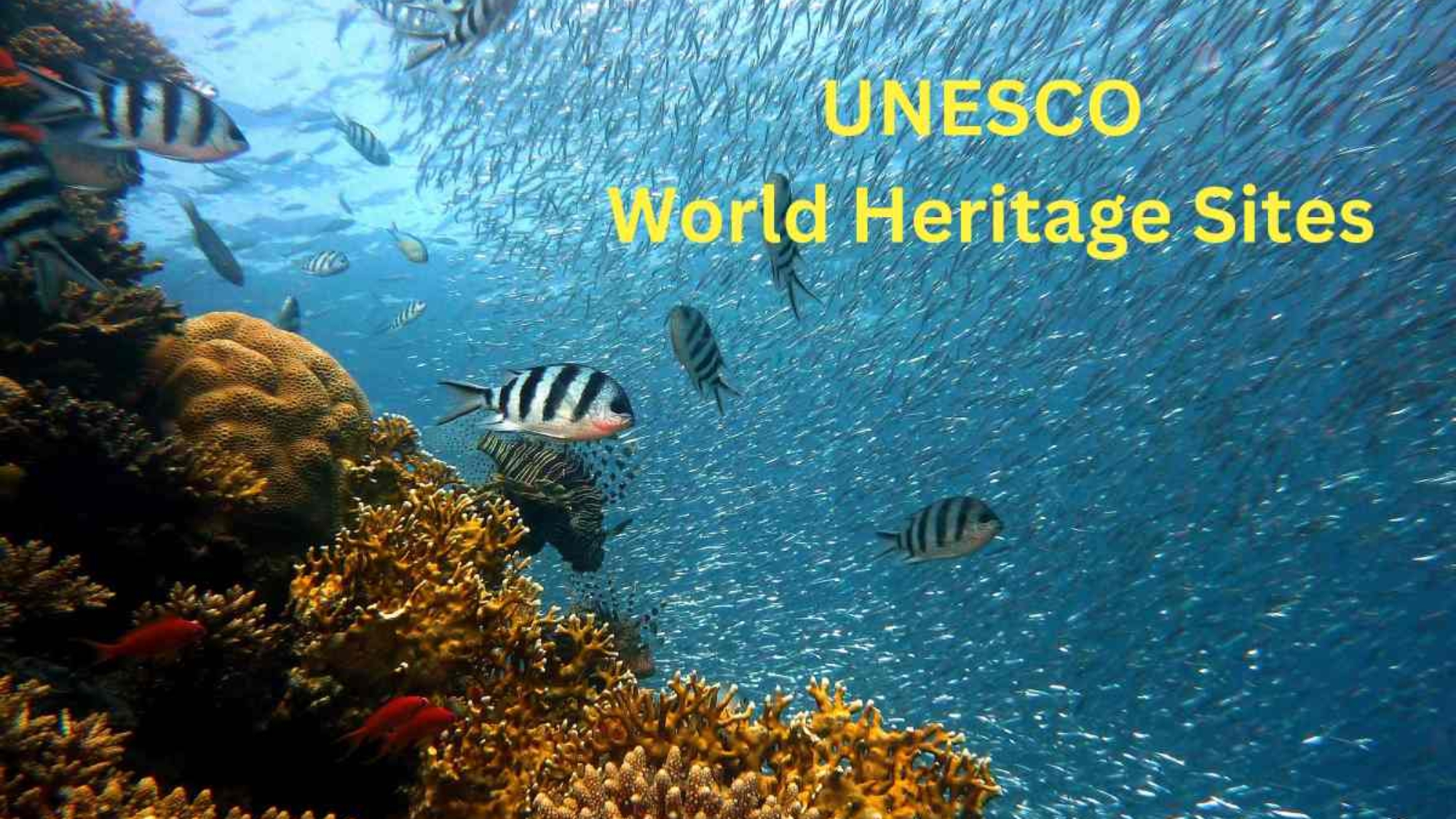Exploring the UNESCO World Heritage Sites in the Philippines
A Land of Timeless Wonders
Hello, fellow travelers! I’m thrilled to take you on a journey through some of the most breathtaking and culturally rich UNESCO World Heritage Sites in the Philippines
These treasures, rich in history and cultural significance, are not just locations on a map; they are living, breathing parts of the nation’s soul. In this blog, I invite you to join me as we explore the majestic Tubbataha Reefs Natural Park, the enigmatic Puerto Princesa Subterranean River, the mystical Mount Hamiguitan Range Wildlife Sanctuary, and the historic San Agustin Church. Each of these sites offers a unique window into the Philippines’ rich heritage and an unforgettable adventure for every traveler.

1. Tubbataha Reefs Natural Park: A Marine Wonderland
The Rich Legacy and Cultural Importance of this World Heritage Site in the Philippines
Deep within the Sulu Sea lies Tubbataha Reefs Natural Park, a remarkable testament to the Philippines’ ongoing commitment to environmental preservation. This marine sanctuary, one of the oldest in the nation, gained UNESCO World Heritage status in 1993. The park’s name, rooted in the language of the Samal people, refers to a reef that appears when the tide recedes, reflecting the cultural and historical ties between the local communities and their marine environment. For centuries, these reefs have been a lifeline for the surrounding populations, and today, they embody the Philippines’ dedication to protecting its rich marine biodiversity.
Unique Natural Landscapes and Features
Tubbataha Reefs Natural Park is a top destination for divers worldwide, known for its remarkably unspoiled coral ecosystems. This underwater sanctuary supports a diverse array of marine life, including roughly 600 fish species, 360 coral species, as well as numerous sharks (11 species), dolphins, and whales (13 species), thus cementing its title as a World Heritage Site by UNESCO. The park’s underwater vistas are awe-inspiring, with vibrant coral formations that drop dramatically into the ocean’s depths, creating stunning spectacles of color and movement. A defining characteristic of Tubbataha is its three key features: the North and South Atolls and the Jessie Beazley Reef, each rich with its own unique biodiversity.
Importance in Local Culture, Traditions, and Lifestyles
The local communities around Tubbataha have long held the reefs in reverence, viewing them as sacred spaces that must be protected. Fishing in the area has always been done sustainably, with traditional methods passed down through generations. The Tubbataha Management Office, together with local stakeholders, has worked tirelessly to ensure that these traditions continue, while also integrating modern conservation practices.
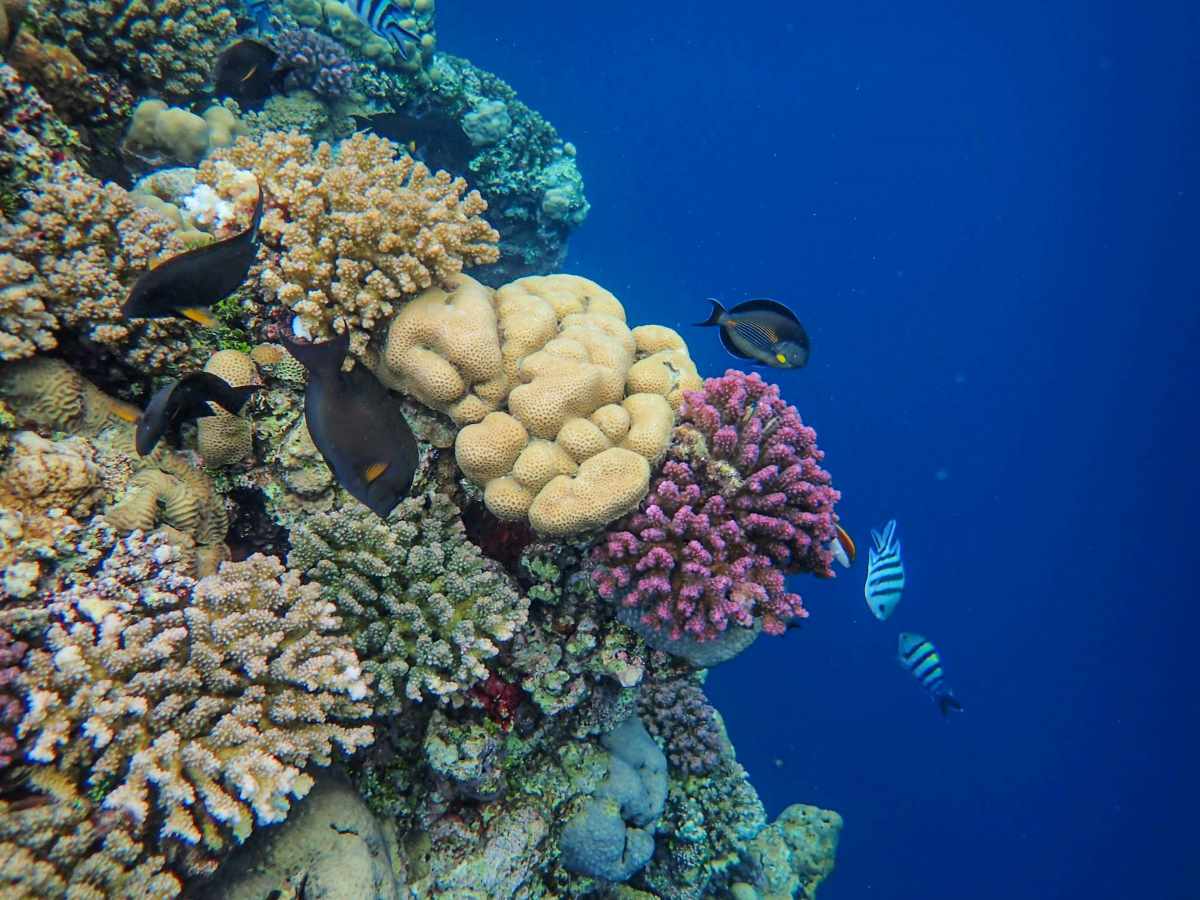
UNESCO Preservation and Conservation Efforts
UNESCO’s recognition of Tubbataha as a World Heritage Site has been instrumental in its preservation. The Tubbataha Reefs Natural Park Act of 2009 formalized the protection of the area, and the park is now managed by a multi-sectoral group. Strict regulations are in place to control fishing, diving, and other activities, ensuring that the reefs remain untouched by human hands. The park is also a site for scientific research, providing invaluable data on marine ecosystems.
Adventure and Outdoor Activities
For adventure seekers, Tubbataha offers some of the best diving experiences in the world, including the famous Amos Rock and Shark Airport. Liveaboard dive tours are the only way to access the park, and they operate from March to June, when the seas are calm. Diving here is not for the faint of heart – the strong currents and deep waters are challenging but immensely rewarding. Beyond diving, visitors can enjoy bird watching on Bird Islet, home to thousands of seabirds, or simply marvel at the beauty of the open sea.
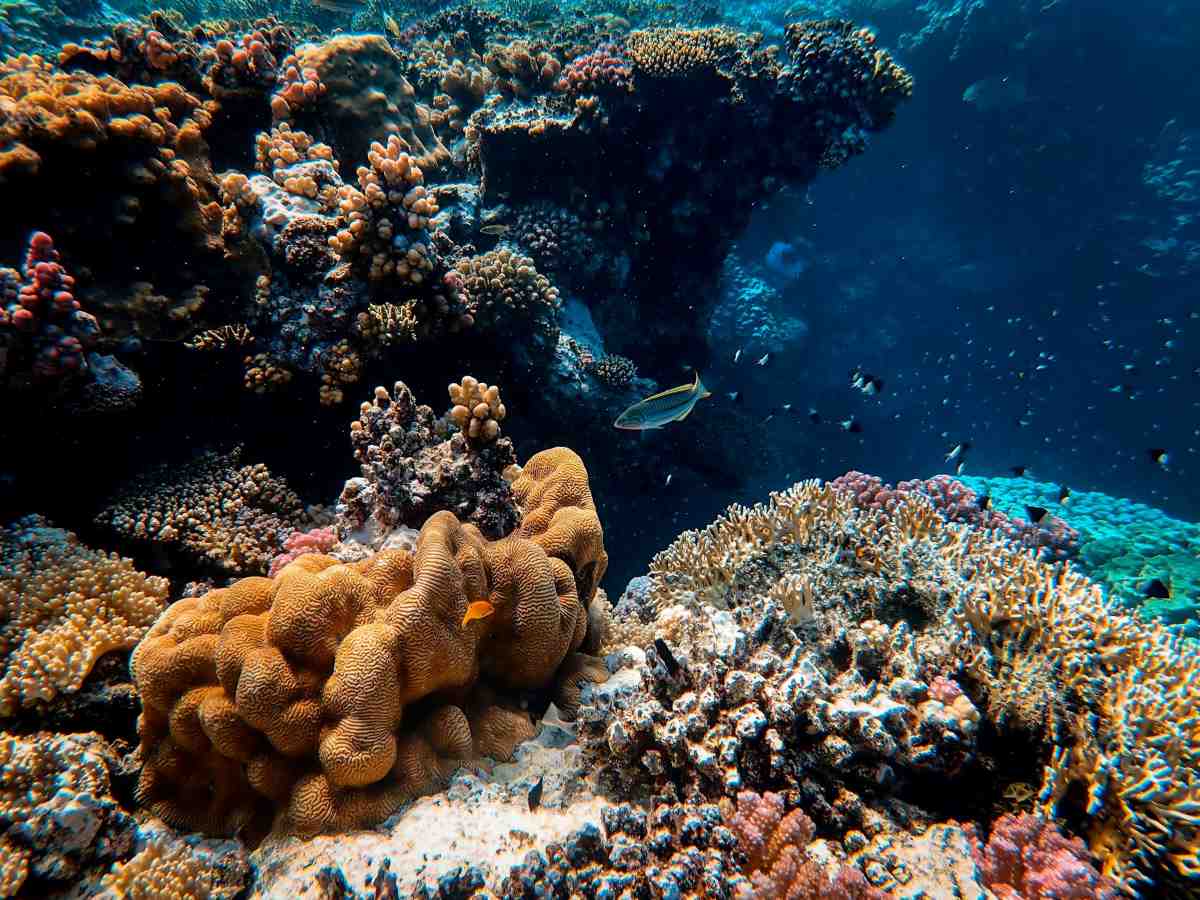
Specialty Food and Local Cuisine
While Tubbataha itself is uninhabited, the nearby town of Puerto Princesa in Palawan offers a culinary journey of its own. Fresh seafood is a highlight, with dishes like grilled squid, kinilaw (Filipino ceviche), “nido soup” (bird’s nest soup), and tamilok (woodworm) being local specialties. The simplicity of the flavors, combined with the freshness of the ingredients, makes every meal a delight.
Visitor Information, Guided Tours, and Best Time to Visit
Visiting Tubbataha Reefs Natural Park demands thoughtful preparation, as access is restricted to a specific period. The park welcomes visitors exclusively during the liveaboard diving season, which runs from March to June. To preserve the delicate reef ecosystems, the number of divers is strictly regulated, making early reservations crucial. Most expeditions begin in Puerto Princesa, with liveaboard adventures typically spanning 5 to 7 days, allowing divers ample opportunity to immerse themselves in the park’s stunning underwater world.
Fun Fact: A Diver’s Dream Destination
Did you know that Tubbataha was once described by famed oceanographer Jacques Cousteau as “the last frontier of the coral reef”? This is one of the few places in the world where you can see the rare and elusive thresher shark. These magnificent creatures are known for their long, whip-like tails and are a highlight for many divers. This is a testament to the park’s unparalleled beauty and significance in the world of marine exploration.
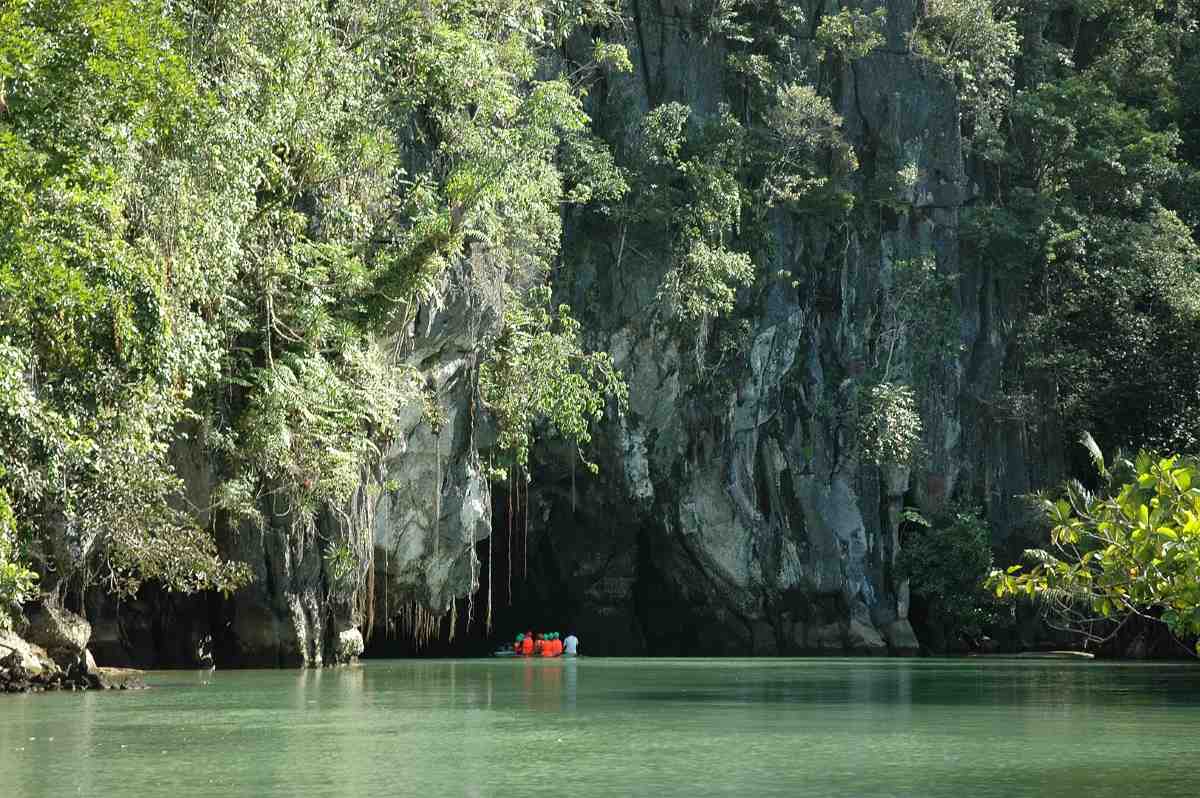
2. Puerto Princesa Subterranean River National Park: The Enigmatic Underground World
The River’s Cultural Treasures and Historical Importance
The Puerto Princesa Subterranean River, often referred to as the “Underground River,” is a natural wonder that has captured the imagination of many. This site, which was declared a UNESCO World Heritage Site in 1999, is located on the western coast of Palawan. For centuries, the river has been a place of spiritual significance for the indigenous Tagbanua people, who believe it to be a sacred dwelling of spirits. The river’s unique geological formations and its role as a natural habitat make it a significant part of the Philippines’ natural heritage.
Unique Natural Landscapes and Features
What sets the Puerto Princesa Subterranean River apart is its remarkable underground course, running for 8.2 kilometers beneath a limestone mountain. It is one of the longest navigable underground rivers in the world, and the cave system is a marvel of stalactites, stalagmites, and other unique mineral formations. The river flows directly into the West Philippine Sea, and its lower portion is subject to tidal influences, creating a rare ecosystem that supports diverse wildlife. The park also boasts a diverse ecosystem, with over 800 plant species, 195 bird species, and various mammals, reptiles, and amphibians.
Importance in Local Culture, Traditions, and Lifestyles
For generations, the Tagbanua people have held the river in profound respect, viewing it as a sacred place inhabited by spirits. They perform rituals to honor these spiritual beings, maintaining a deep cultural connection to the land. The park’s management collaborates closely with the Tagbanua community, ensuring that their cultural traditions are honored and preserved. The Tagbanua have lived in balance with their surroundings, engaging in sustainable practices like hunting, fishing, and farming. Their extensive traditional knowledge has been vital to the conservation of the park, and their cultural heritage enriches the experience for visitors.
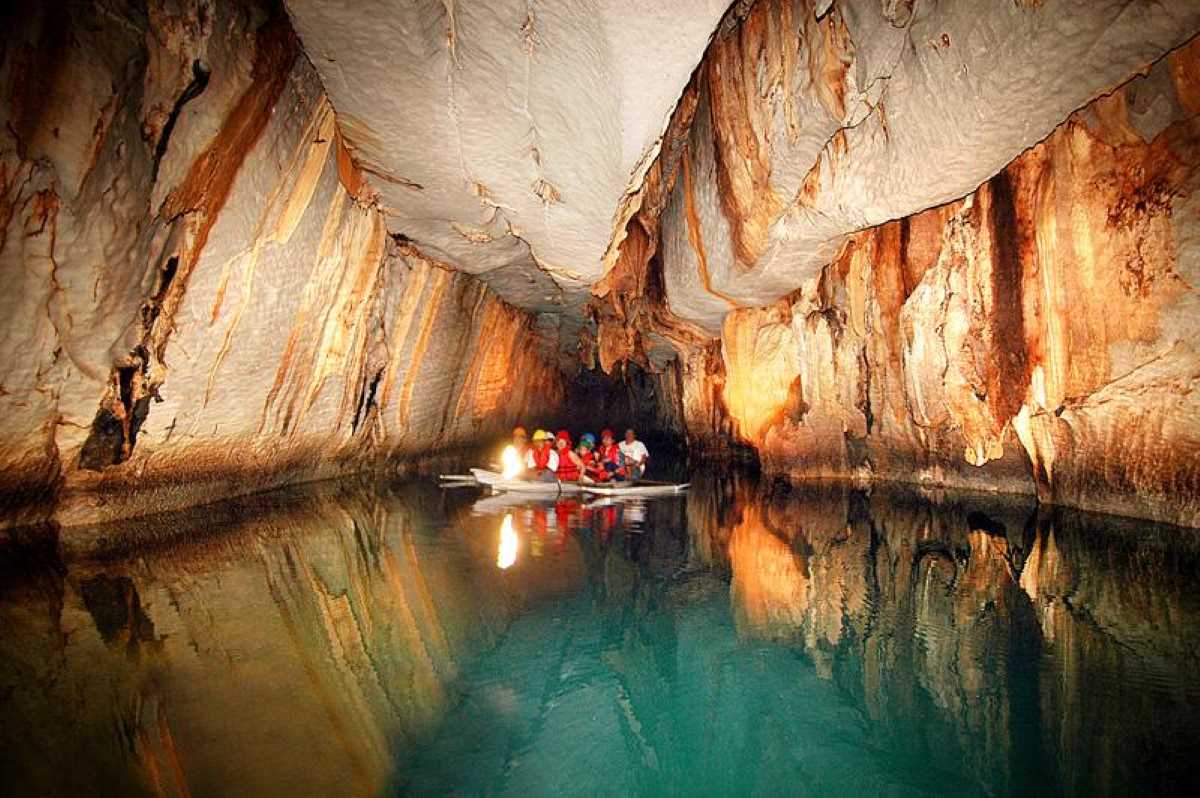
UNESCO Preservation and Conservation Efforts
As a UNESCO-declared World Heritage Site, it has been crucial in safeguarding the Puerto Princesa Subterranean River. The park is managed by the city government, with strict conservation measures in place to protect its fragile ecosystem. Guided tours are regulated, and only a limited number of visitors are allowed each day to minimize human impact. Additionally, the park has been a focal point for environmental education and research, particularly in the study of karst landscapes and cave ecosystems.
Adventure and Outdoor Activities
Exploring the Underground River is an adventure like no other. Guided boat tours take you through the winding passages of the cave, where you can marvel at the natural formations and encounter bats, swiftlets, and other cave-dwelling creatures. For those who prefer to stay above ground, the park offers hiking trails through lush forests, where you might spot monitor lizards, monkeys, and a variety of bird species. Kayaking along the nearby Sabang Beach is another popular activity, offering stunning views of the coastline.
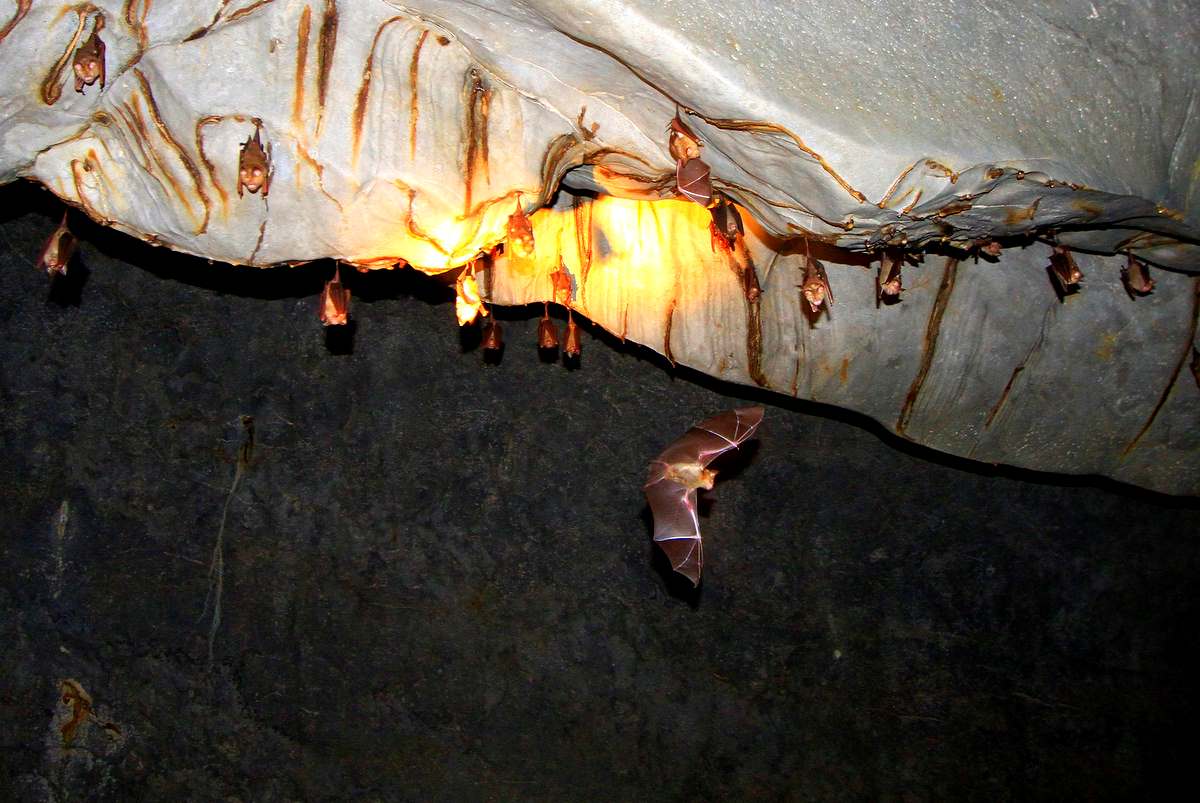
Specialty Food and Local Cuisine
After a day of adventures, delight in the rich flavors of Palawan. In the nearby town of Sabang, you can taste local favorites such as laing, a dish made from taro leaves cooked in creamy coconut milk; adobo sa gata, which features meat simmered in a luscious coconut sauce; and lamayo, a type of dried fish marinated and preserved with local spices. The region’s abundant use of coconut in these dishes underscores its importance to the local cuisine. For dessert, try halo-halo, a beloved treat consisting of shaved ice mixed with sweet beans, fruits, and a splash of milk.
Visitor Information, Guided Tours, and Best Time to Visit
The Puerto Princesa Subterranean River can be visited throughout the year, though the ideal time to experience it is during the dry season, which runs from November to May. Situated approximately 80 kilometers from Puerto Princesa City, the journey involves about an hour’s drive followed by a brief boat trip from Sabang to the park. Numerous tour operators in the city offer guided tours, but as a declared World Heritage Site, only a limited number of guests are allowed daily to preserve its pristine conditions. It is recommended that you make reservations ahead of time.
Fun Fact: A New Wonder of Nature
In 2012, the Puerto Princesa Subterranean River earned a spot among the New 7 Wonders of Nature, solidifying its reputation as a premier destination for those who appreciate natural wonders and adventure. At one point, it was known as the longest underground river globally, a title it retained until a longer subterranean river was discovered in Mexico.
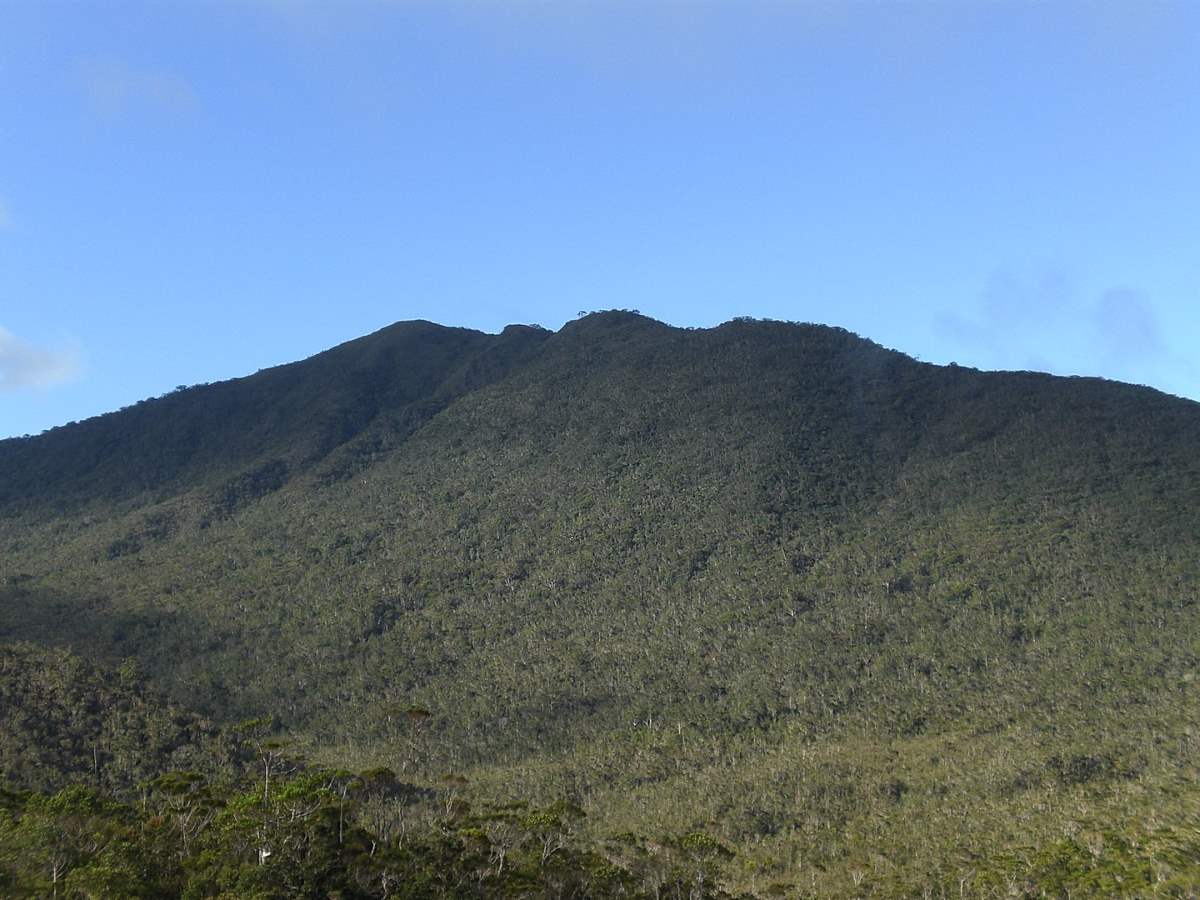
3. Mount Hamiguitan Range Wildlife Sanctuary: The Mystical Mountain of Mindanao (A Magical World Heritage Site)
History and Cultural Significance in the Philippines
Mount Hamiguitan Range Wildlife Sanctuary, situated in Davao Oriental in the southern Philippines, is a site where the natural environment and spiritual beliefs intertwine. The indigenous Mandaya and Manobo tribes hold the mountain in high reverence, believing that its forests are inhabited by powerful spirits. Recognized by UNESCO as a World Heritage Site in 2014, the sanctuary showcases the Philippines’ remarkable biodiversity and highlights the deep cultural connections that local communities have with their natural landscape.
Unique Natural Landscapes and Features
Mount Hamiguitan is a unique biosphere, known for its pygmy forest – a fascinating area where trees stand no taller than five meters due to the harsh, acidic soil. This stunted forest is home to a wealth of endemic species, including the critically endangered Philippine eagle, the world’s largest eagle. The mountain’s varied elevation creates distinct ecological zones, ranging from dipterocarp forests to montane and mossy forests, each harboring a diverse array of flora and fauna.
Importance in Local Culture, Traditions, and Lifestyles
For the Mandaya and Manobo tribes, Mount Hamiguitan holds profound spiritual importance. They view the mountain as a sacred place where spirits reside, watching over their people. This belief instills a profound reverence for nature among the tribes. They conduct traditional ceremonies to pay tribute to these spirits and have established eco-friendly practices that align with their surroundings, reflecting their deep respect for the environment.
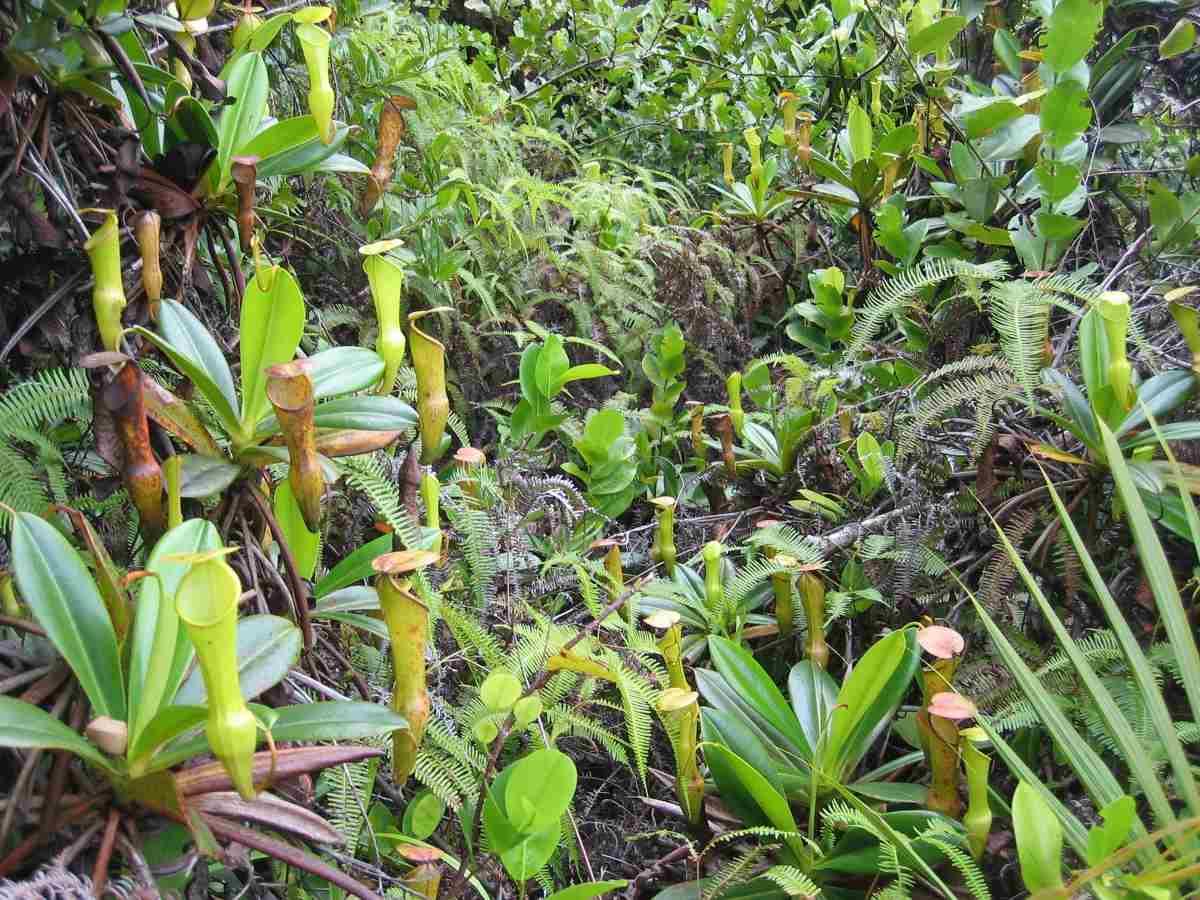
UNESCO Preservation and Conservation Efforts
The recognition of Mount Hamiguitan as a World Heritage Site has brought renewed focus to its conservation. The sanctuary is managed by the provincial government of Davao Oriental, in collaboration with local communities and conservation organizations. Efforts are underway to protect the mountain’s unique ecosystems from threats such as illegal logging and poaching. The sanctuary is also a center for environmental education, promoting awareness of the importance of biodiversity.
Adventure and Outdoor Activities
For adventure seekers, Mount Hamiguitan presents a thrilling challenge with its steep, forested trails and rugged terrain. The trek to the peak is tough, but those who make the journey are rewarded with sweeping views of the landscape below. Along the way, hikers might encounter rare species like the pitcher plant and giant fern, as well as a diverse range of wildlife. The mountain is also a haven for birdwatchers, offering the rare chance to glimpse the endangered Philippine eagle in its natural habitat.
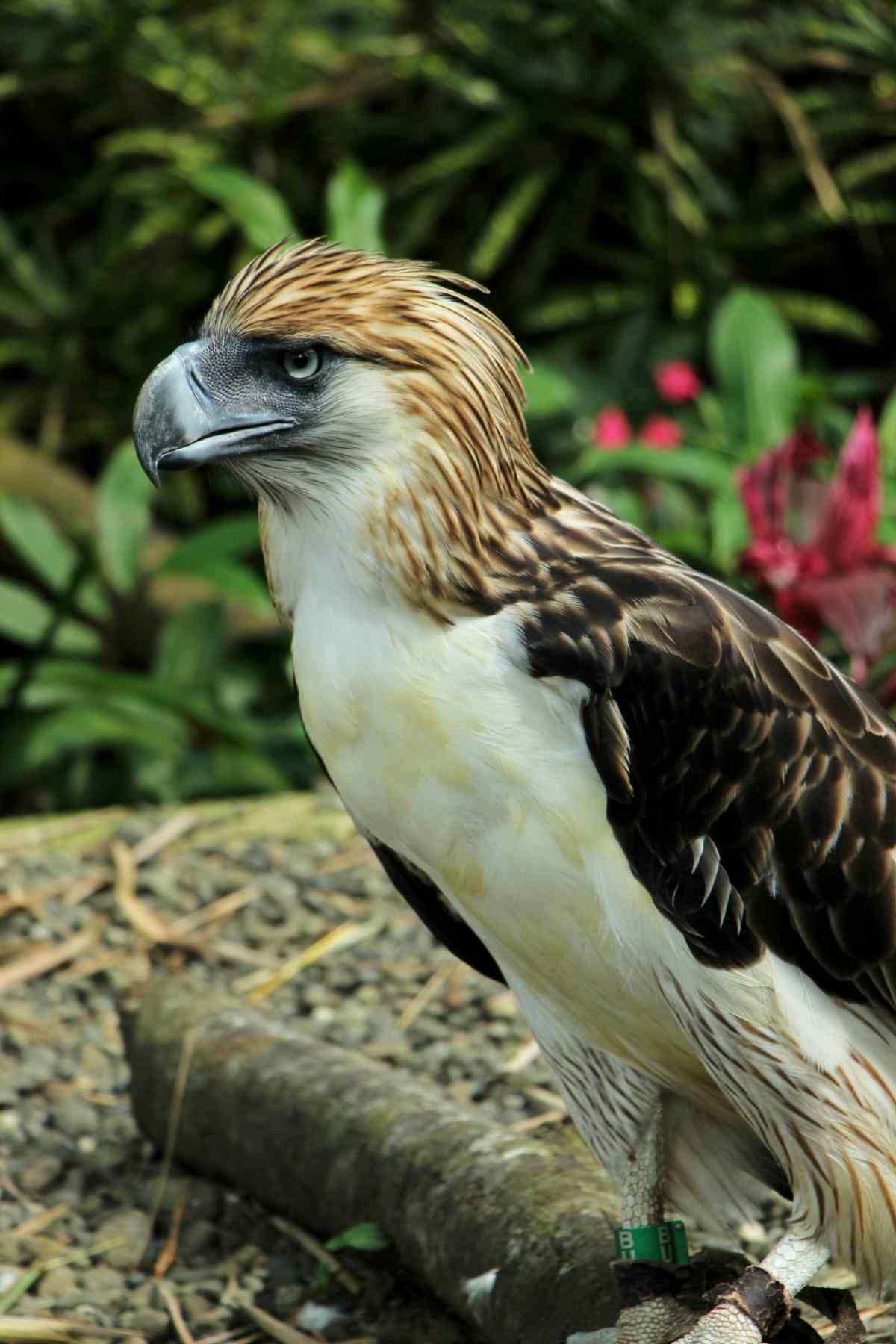
Specialty Food and Local Cuisine
In the nearby towns of Mati and San Isidro, visitors can enjoy the flavors of Mindanao. Local dishes include kinilaw (raw fish marinated in vinegar and spices), lechon (roast pig), “sinuglaw,” a combination of grilled pork and ceviche, and panga ng tuna (grilled tuna jaw). The cuisine of this region is characterized by its bold flavors, with influences from indigenous, Malay, and Islamic culinary traditions. Fresh fruits such as durian and mangosteen are also abundant in the region.
Visitor Information, Guided Tours, and Best Time to Visit
Mount Hamiguitan is best visited during the dry season from December to May. The sanctuary is accessible from the towns of San Isidro and Governor Generoso in Davao Oriental. Guided treks are available, and it is recommended to go with a guide, as the trails can be challenging. Permits are required to enter the sanctuary, so be sure to arrange this in advance.
Fun Fact: A Botanical Treasure Trove
Mount Hamiguitan hosts a rich variety of over 1,380 species of plants and animals, with many species found nowhere else in the world. Among its most remarkable inhabitants is the Nepenthes hamiguitanensis, the largest known pitcher plant which can reach up to 1.5 meters in height, a gem for this World Heritage Site. This carnivorous plant is a captivating attraction for visitors. The sanctuary’s incredible biodiversity makes it a must-visit destination for botanists and nature lovers alike.
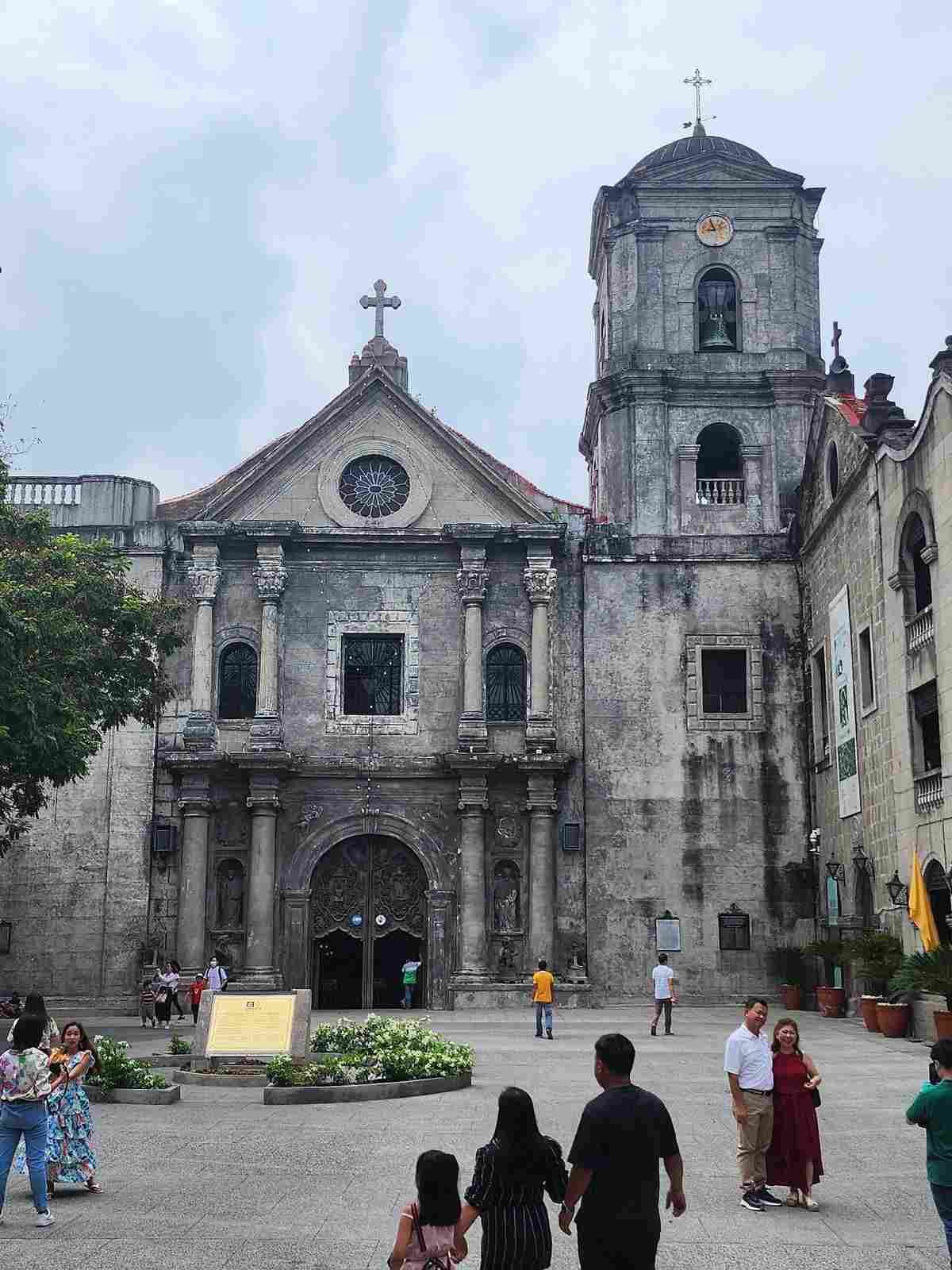
4. San Agustin Church: The Crown Jewel of Philippine Baroque Architecture
Historical Heritage and Cultural Influence of the Church as a World Heritage Site
Nestled in the heart of Manila, San Agustin Church stands as the oldest stone church in the Philippines and a remarkable example of Baroque architecture. Constructed between 1587 and 1607, this historic church has endured through centuries, surviving wars, earthquakes, and other natural calamities. It has played a significant role in various historical milestones, including the British occupation of Manila and the Philippine Revolution. As part of the UNESCO-designated Baroque Churches of the Philippines, recognized in 1993, San Agustin Church is more than a place of worship—it embodies the enduring faith and resilience of the Filipino people.
Unique Architectural Features
San Agustin Church is a stunning example of Baroque architecture, with its massive buttresses, ornate carvings, and intricate details. The church’s facade, though simple, exudes a sense of grandeur and strength. Inside, the grandeur continues with its trompe-l’œil ceiling, which creates an illusion of three-dimensional artwork, a unique feature of this World Heritage Site. The church also houses an impressive collection of religious artifacts, including centuries-old statues, paintings, and relics.
Importance in Local Culture, Traditions, and Lifestyles
San Agustin Church has been a cornerstone of Catholic faith in the Philippines, deeply influencing the spiritual lives of Filipinos for more than four centuries. The church has witnessed numerous religious ceremonies, including weddings and baptisms, becoming a cherished site for generations. Beyond its religious significance, San Agustin is a cultural icon, its history closely linked to that of Manila and the entire nation. During the Spanish colonial era, the church also served as a center of education and a hub for missionary efforts.
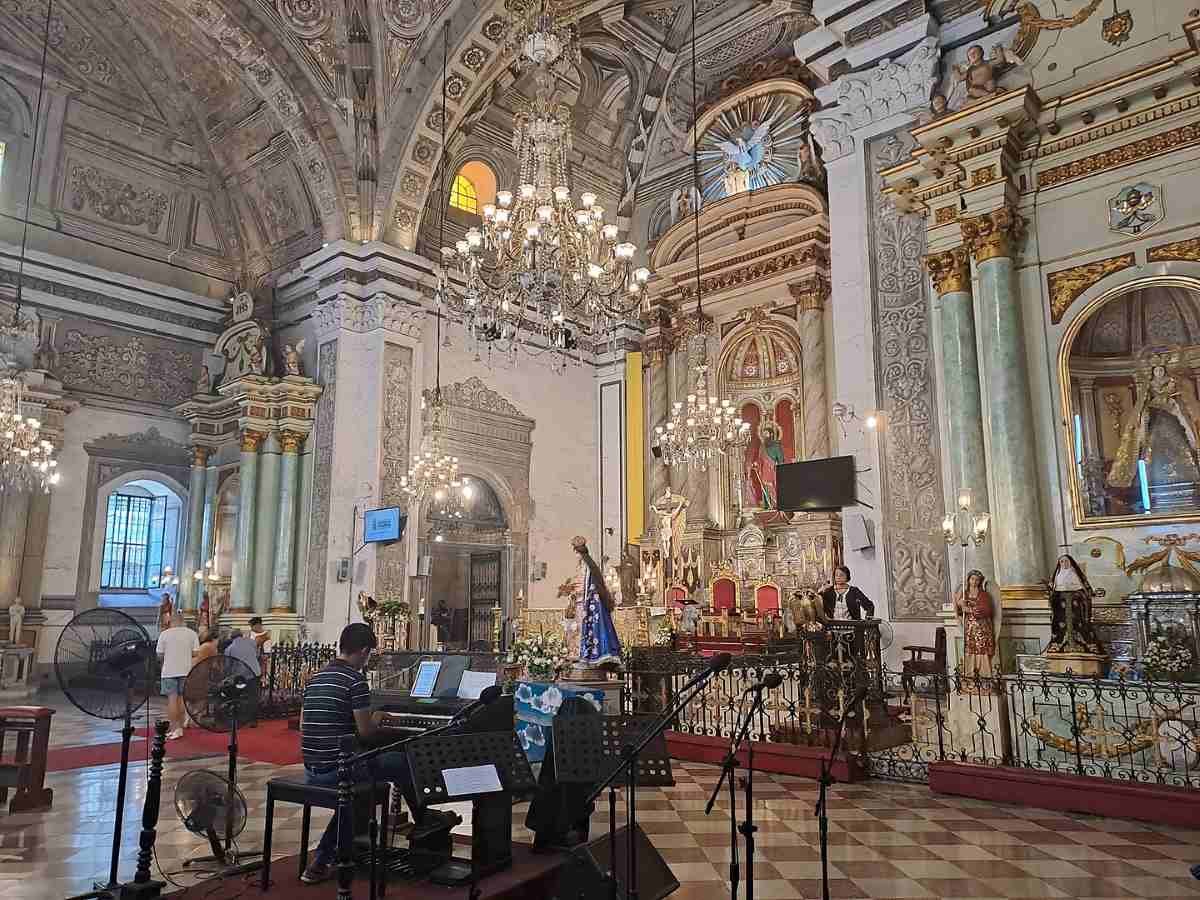
UNESCO Preservation and Conservation Efforts
The designation of San Agustin Church as a UNESCO World Heritage Site has been pivotal in safeguarding its historical and architectural legacy. To address damage from earthquakes and other natural events, the church has undergone various restoration efforts over the years. These preservation activities are closely overseen by UNESCO and local conservation organizations, ensuring that the church’s structural soundness and historical authenticity are maintained. These concerted efforts have allowed San Agustin Church to continue being a vital part of Manila’s cultural identity. The church also benefits from the Intramuros Administration’s conservation program, which focuses on protecting the historic and cultural treasures within Manila’s walled city.
Adventure and Outdoor Activities
Although San Agustin Church is a significant historical and religious landmark, visitors will find plenty to explore in the nearby area. The church is situated within Intramuros, Manila’s historic walled city, which is rich with colonial-era architecture, museums, and cultural attractions. You can stroll along the cobblestone streets, join a guided tour to delve into the area’s history, explore the historic Fort Santiago, or enjoy a nostalgic ride in a kalesa, a traditional horse-drawn carriage.
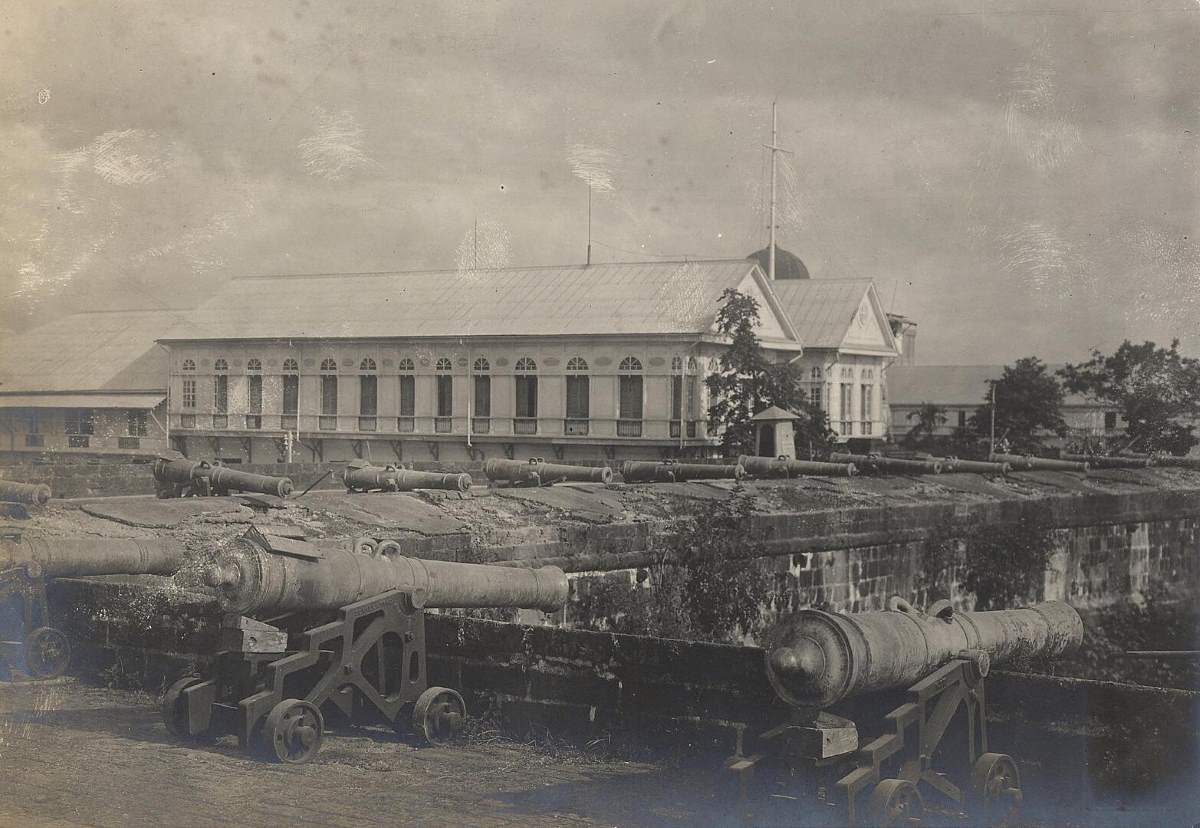
Specialty Food and Local Cuisine
Intramuros is also a great place to explore Filipino cuisine. Nearby restaurants offer traditional dishes such as “adobo,” the very famous Filipino savory dish made with chicken or pork, sinigang (sour soup), kare-kare (oxtail stew with peanut sauce), and halo-halo (a dessert made with crushed ice, sweetened beans, and fruits). Many of these eateries are housed in colonial-era buildings, adding to the historical ambiance.
Visitor Information, Guided Tours, and Best Time to Visit
San Agustin Church welcomes visitors throughout the year, with the ideal time to explore is during the cooler months from November to February. Guided tours are offered, allowing guests to learn about the church’s fascinating history and unique architectural details. Situated in the historic district of Intramuros in Manila, the church is conveniently reachable by public transportation. This is the World Heritage Site in the Philippines which you can easily visit since it’s located within a city.
Fun Fact: A Survivor of History
San Agustin Church is the only building in Intramuros that survived the Battle of Manila in 1945. Its survival is a testament to its sturdy construction and historical significance.
Conclusion: Embark on a Journey Through Time and Nature
The UNESCO World Heritage Sites in the Philippines are more than just places to visit – they are gateways to understanding the country’s rich cultural and natural heritage. From the depths of the Tubbataha Reefs to the heights of Mount Hamiguitan, and from the mysteries of the Underground River to the timeless beauty of San Agustin Church, each site offers a unique experience that connects you to the heart of the Philippines.
These sites are not just tourist destinations; they are living museums that tell the story of the Philippines’ past and present. They are a testament to the country’s commitment to preserving its natural and cultural heritage for future generations. By visiting these sites, you are not only witnessing their beauty but also contributing to their preservation.
So why wait? Embark on your own journey to these incredible World Heritage Sites and discover the stories, landscapes, and traditions that make the Philippines a truly extraordinary destination. Whether you’re an adventurer, a history buff, or simply someone looking to experience something new, these sites promise to leave you with memories that will last a lifetime. Don’t miss the chance to be part of the legacy of these wonders – pack your bags, and let’s explore the Philippines together!

